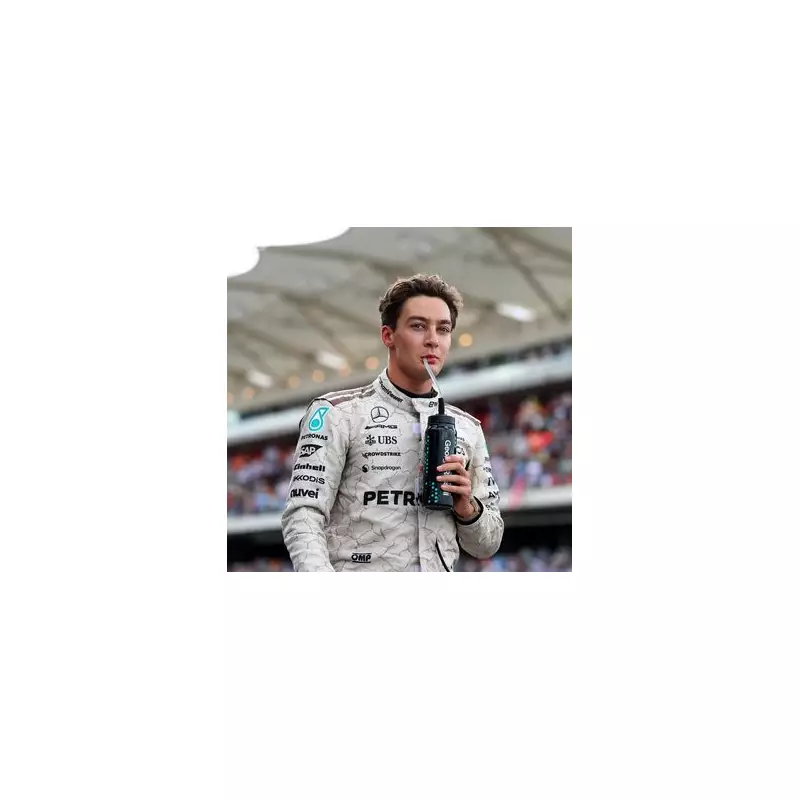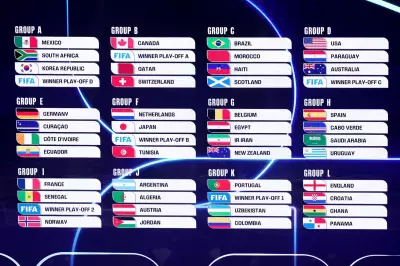
Mercedes driver George Russell has dropped a bombshell revelation that could explain why Formula 1 has become increasingly difficult for overtaking, sharing startling data that exposes a fundamental flaw in modern Grand Prix racing.
The Shocking Numbers Behind F1's Overtaking Dilemma
Russell disclosed that according to sophisticated simulations, today's F1 cars lose a staggering 50% of their downforce when following another vehicle within a one-second gap. This aerodynamic nightmare makes close racing nearly impossible and explains why drivers frequently struggle to make passes stick, even with DRS assistance.
"The data shows that when you're within one second of the car ahead, you lose 50% of your downforce," Russell revealed during a candid discussion about the sport's current challenges.
Why Current F1 Cars Can't Race Closely
The problem stems from the complex aerodynamic designs of modern F1 machinery. The turbulent air created by leading cars essentially starves following vehicles of crucial downforce, causing them to slide and overheat their tyres. This creates a vicious cycle where drivers must drop back to cool their tyres, losing the opportunity to attack.
Russell emphasised the severity of the issue: "If you're within two seconds, you're losing 25% of downforce, and within one second, it's 50%. That's why you see drivers bouncing around and struggling to stay close through corners."
The 2026 Regulation Revolution
With major regulation changes scheduled for 2026, Russell and other drivers are pushing for solutions that prioritise racing over pure performance. The Mercedes driver believes the sport needs to find a better balance that allows cars to follow closely without sacrificing the technical innovation that makes F1 special.
"The FIA have all the data," Russell stated, expressing confidence that governing bodies understand the magnitude of the problem. However, he cautioned that finding the right solution requires careful consideration of multiple factors beyond just aerodynamics.
What This Means for F1's Future
This overtaking crisis threatens the very essence of wheel-to-wheel racing that fans crave. If cars cannot follow closely, the strategic elements of F1 - including tyre management, fuel saving, and race strategy - become less meaningful when overtaking opportunities are limited.
Russell's revelations come at a critical time as F1 continues to grow its global audience. The sport must address these fundamental racing challenges to maintain its excitement and competitive integrity moving forward.





